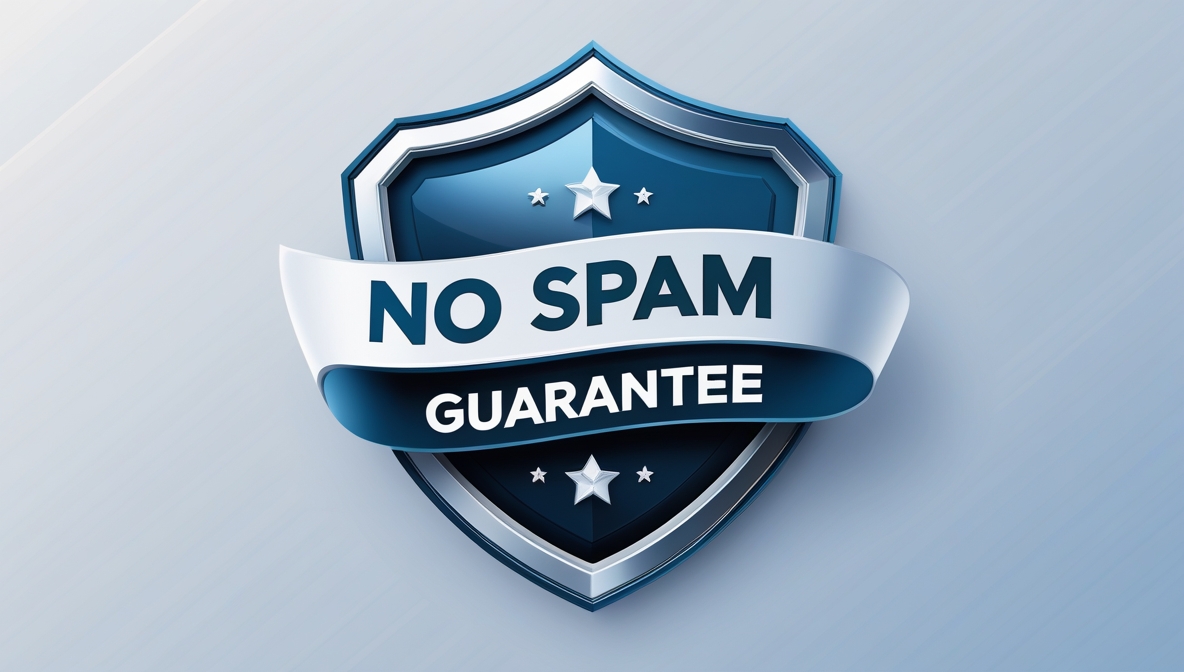The Leadership Toolkit is a research-based, field-tested guide that redefines what effective leadership looks like in the age of digital collaboration. Rather than relying on outdated, top-down models built for hierarchical, co-located organizations, this toolkit offers a modern framework for leading through complexity, across boundaries, and with distributed teams.
Drawing from ethnographic research, practitioner insights, and a deep synthesis of academic leadership studies, the toolkit introduces a practical and credible model that equips CIOs and senior leaders to foster direction, alignment, and commitment in environments shaped by technology, speed, and interdependence. It’s a flexible, adaptive toolkit for navigating real leadership challenges in real time.
What’s Inside
- A Modern Leadership Framework
- Defines leadership by its outcomes
- Helps leaders diagnose and design conditions that foster team effectiveness
- Reframing Leadership as a Socially Constructed Process
- Moves beyond title- or trait-based models
- Emphasizes leadership as emerging through interaction, sensemaking, and collaboration
- Meta-Ethnographic Synthesis of Leadership Research
- Integrates findings from 8 qualitative studies on virtual teams and collaboration
- Uses themes to identify leadership behaviors in remote and hybrid environments
- Analysis of Over 150 Practitioner Articles
- Captures real-world language, tools, and dilemmas leaders face in tech-enabled work
- Surfaces insights on distributed leadership, asynchronous communication, and team dynamics
- Leadership Practices Organized Around Three Core Themes
- Collaboration: Building trust, shared identity, and psychological safety
- Coordination: Clarifying roles, using tools for workflow visibility, reducing ambiguity
- Communication: Enabling emergent leadership through language, tools, and feedback
- Descriptions of Leadership Roles in Digital Teams
- Introduces roles like team guardians, facilitators, cultural ambassadors, and systems leaders
- Explains how leadership can be distributed or rotate across members
- Toolkit Vocabulary and Actionable Concepts
- Terms like action-spacing, co-orientation, implicit coordination, and emergent leadership
- Designed to give leaders and teams a shared language for navigating complexity
- Use Cases and Patterns of Leadership Behavior
- Covers leadership in remote-first, hybrid, cross-functional, and globally dispersed teams
- Provides examples of tools (Slack, dashboards, retrospectives) that reinforce DAC outcomes
- Ethnographic Methods and Reflective Tools
- Includes methodologies for leaders to observe, analyze, and interpret leadership practices in real time
- Encourages reflection on personal values, context, and cultural influences
- A Practical Foundation for Team and Organizational Change
- Offers strategies for applying the toolkit in pilots, leadership development, or transformation efforts
- Designed to scale from team-level experiments to enterprise-wide adoption
Whether you're rethinking your leadership development programs, working to unlock greater agility in your teams, or seeking a common language to guide collaborative decision-making, this Leadership Toolkit delivers the clarity and tools you need to lead with confidence in a digitally connected world.
Bonus Items
- Quick Start Guide: Applying the Leadership Toolkit: The Quick Start Guide provides CIOs and IT leaders with a step-by-step roadmap to begin applying the Leadership Toolkit. It walks you through identifying leadership gaps using the DAC framework, piloting changes with a team, and scaling successful practices—all with practical examples and clear next steps.
- CIOs Support Guide: Leadership Toolkit FAQ Checklist: The FAQ Checklist answers the most common questions CIOs and IT leaders may have when exploring or implementing the Leadership Toolkit. It includes practical guidance, real-world scenarios, and clear explanations to help you apply the framework confidently and effectively across teams.
- CIO Leadership Diagnostic Self-Assessment Tool: The Self-Assessment Tool helps CIOs and IT leaders evaluate leadership conditions across their teams using the DAC framework—Direction, Alignment, and Commitment. It offers a quick, scalable way to identify strengths, uncover gaps, and guide targeted improvements in leadership effectiveness.


